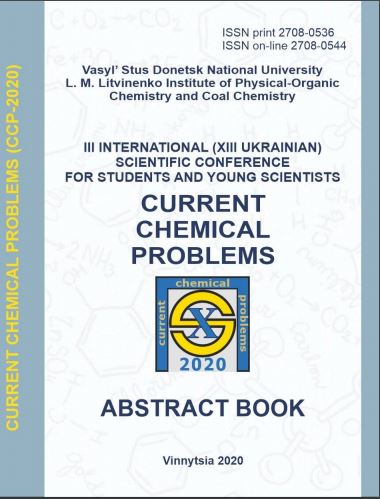How do TiO<sub>2</sub> nanoparticles change the functionality of photosystem ii during the light phase of photosynthetic process?
Abstract
Electromagnetic radiation from the Sun falling on the Earth surface is efficiently utilized by plants, algae and cyanobacteria during photosynthesis. This process became an inspiration for scientists to search for new methods of collecting and storing energy. Some mechanisms of the light phase of photosynthesis could be a solution for the fuel-energy needs of human-kind. Especially, understanding of the functionality of photosystem II (PSII) is needed to fully make use of this opportunity.References
Burda K., Schmid G. H., 1996. Z. Naturforsch. 51c, 329-341.
Burda K., Schmid G.H., 2001. Biochim. Biophys. Acta 1506, 47–54.
Rappaport F., Lavergne J., 2009. Photosynth. Res. 101, 205–216.
Ducruet J., Vass I., 2009. Photosynth. Res. 101, 195–204.
Schreiber U., Schliwa U., Bilger W., 1986. Photosynth. Res. 10, 51–62.

